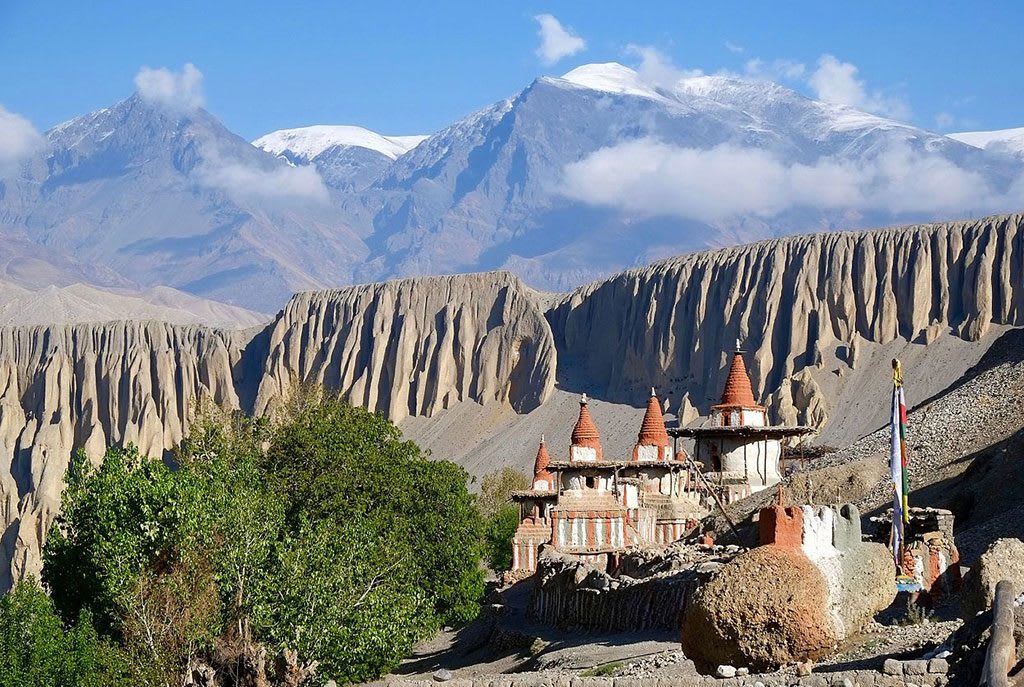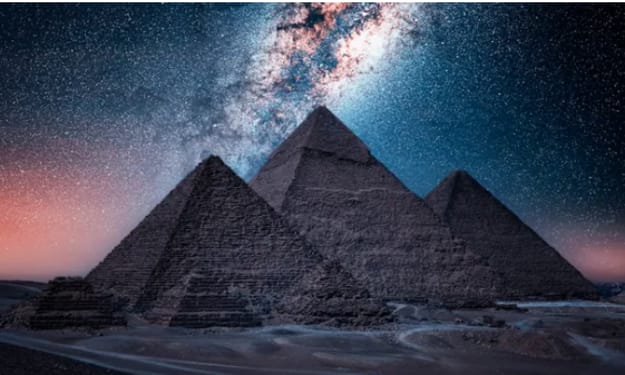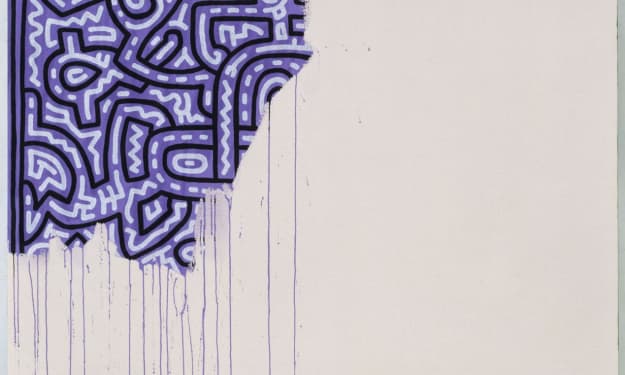Destination tourism in Mustang
Under rated state of nepal

This piece is based on my recent visit and interaction with tourism entrepreneurs on the potential and challenges of tourism in the Mustang region. In January 2023, Mustang was included in CNN's list of 23 must-visit places, resulting in a surge in tourist arrivals. According to recent data, 426,964 tourists visited Mustang last year, with the majority being domestic tourists. Foreign tourists accounted for 90,356, of which 72,190 were from SAARC countries, primarily India. While Upper Mustang is known more for its adventure and cultural tourism, Muktinath attracts religious tourists. Both destinations have unique qualities that appeal to a wide range of tourists. However, the challenge lies in effectively promoting this destination to attract high-end as well as budget-conscious travellers.
Destination branding
The destination branding model suggests that the image of a destination is influenced by cognitive, affective and unique aspects, which in turn impact intentions to revisit and recommend the destination. Mustang offers a unique cultural heritage and experiences that differentiate it from other destinations. Understanding and catering to tourists' emotional needs, preferences and well-being is essential. In the era of social media, effective management of social media platforms is crucial to attract tourists. Nowadays, “selfie-gaze” tourists perceive and engage with a destination through their cameras and the feedback they receive on their posts.
Destination image comprises both tangible and intangible components. Tangible aspects include infrastructure, socio-economic environment, natural and cultural resources, pleasant atmosphere, social setting, and overall reputation. On the other hand, intangible aspects encompass cultural practices and traditions, which are promoted as intangible cultural heritage (ICH) by UNESCO alongside World Heritage Sites. The question arises whether to position Mustang as an accessible and affordable destination for everyone or to preserve its exclusivity by requiring travel permits, even for domestic tourists, thus maintaining its allure as a coveted travel destination. This decision holds significance as an application has been submitted to designate Mustang as a World Heritage Site.
A recent golf tournament in Mustang has opened a novel avenue for destination branding. Such events attract high-end tourists, positioning Mustang as the home of the "world's highest golf course." However, effective marketing is crucial to capitalising on this achievement, especially since it likely secures a place in the Guinness Book of Records. This milestone embodies another compelling reason for tourists to explore Mustang, offering a unique differentiation strategy to attract high-end travellers. Moreover, the increasing presence of bikers en route to Upper Mustang, both domestic and Indian, presents an opportunity to promote the region further. Mustang's terrain, akin to Ladakh, appeals to Indian bikers seeking similar adventurous experiences. Leveraging this similarity can encourage more Indian tourists to visit Mustang, broadening its appeal and visitor base.
Challenges
With a significant rise in tourist numbers, preserving the sanctity and uniqueness of Mustang is a challenge, particularly as trekking routes suffer from destruction due to road construction. The focus should be on attracting "high-value" over "high-quantity" tourists to ensure a visitor demographic that stays longer and spends more, as echoed during my conversations with tourism entrepreneurs. Previously, visitors to Mustang stayed an average of 15 days, but with the advent of road development, this has dwindled to a mere four days, facilitating large-scale tourist arrivals.
Furthermore, the region grapples with digital infrastructure limitations, exemplified by the absence of NCell network coverage in most parts of Mustang. As shared by locals there, despite NCell's tower installation seven years ago, regulatory processes have impeded progress, hindering digital payment options. Power cuts in Jomsom and Lo Manthang exacerbate the situation, compelling tourists to resort to cash transactions. Despite these challenges, digital payment methods have gained traction, comforting domestic tourists who often lack sufficient cash.
According to recent data, 11 tourists in Mustang died from altitude sickness within seven months last year. It is crucial to implement acclimatisation regulations that prevent tourists visiting Muktinath from going there on the same day they arrive in Pokhara. Currently, without such guidelines, most visitors reach the temple the same day and return the next day. A local hotel entrepreneur in Jomsom attested that a significant proportion of fatalities occur among Indian tourists, often due to rushed visits to Muktinath on the same day as their arrival in Pokhara. This practice not only increases the risk of accidents but also reduces the length of stay in Jomsom. Moreover, sanitation standards at temple premises are often overlooked, raising concerns about the destination's image. Another concern is the scarcity of eateries offering exclusively vegetarian fare, vital for a religious destination like Muktinath.
Conversations with female entrepreneurs from the homestay community in Thini, Jomsom, revealed that they require support in branding and marketing their homestays. The entrepreneurs, who belong to the Thakali community, feel that their services aren’t adequately promoted despite offering diverse services, including buckwheat pancakes and other local culinary delights. Though these entrepreneurs have received equipment support, such as microwaves, from donors, they remain unused due to issues with electricity supply and a lack of technicians and trainers who can guide them on their proper use. Consequently, ministries and related associations need to collaborate and provide concerted efforts in supporting these small and medium enterprises in digital marketing, English language proficiency and food and culinary assistance.
Regulatory mechanisms
Stringent laws and regulations must be enforced to mitigate the risks of high-altitude illnesses and emergencies, particularly for elderly tourists. Implementing rules to restrict direct tourist flow to high-altitude areas is essential, accompanied by adequate facilities at primary healthcare centres in such locales. Additionally, comprehensive training for tour guides and medical personnel is necessary to ensure visitor safety.
Lastly, sustainable brand promotion is paramount for Mustang's long-term development. While increasing tourist flow is essential, it is crucial to address the concomitant consequences of development. Adopting differentiated strategies to cater to diverse tourist segments is imperative, prompting reflection on whether Mustang prioritises high-quality tourists over sheer quantity. The National Tourism Strategy Plan (2014-2023) must be revised and updated to incorporate strategies to promote this extraordinary destination. This can be done by incorporating risk mitigation measures and leveraging the role of virtual technology by creating virtual experiences with wearable devices, which attract high-paying foreign tourists in the future.
About the Creator
Enjoyed the story? Support the Creator.
Subscribe for free to receive all their stories in your feed. You could also pledge your support or give them a one-off tip, letting them know you appreciate their work.





Comments
There are no comments for this story
Be the first to respond and start the conversation.